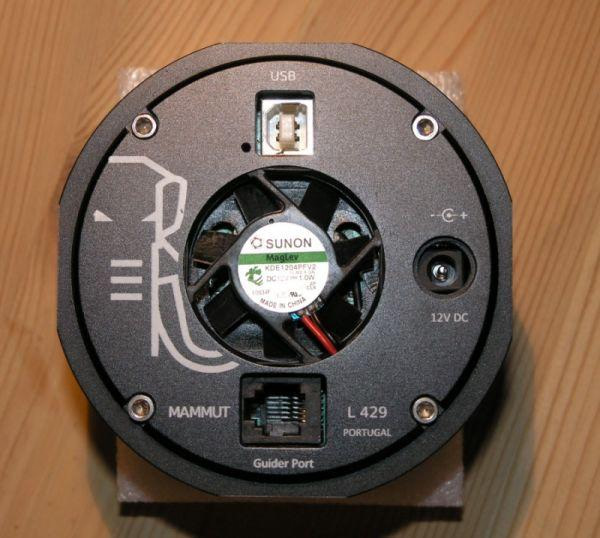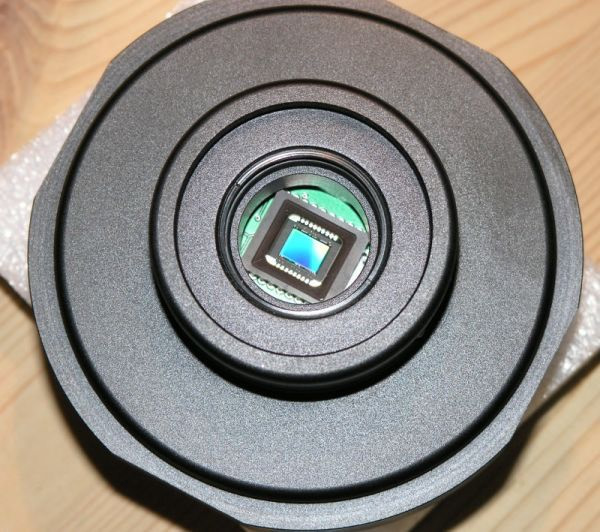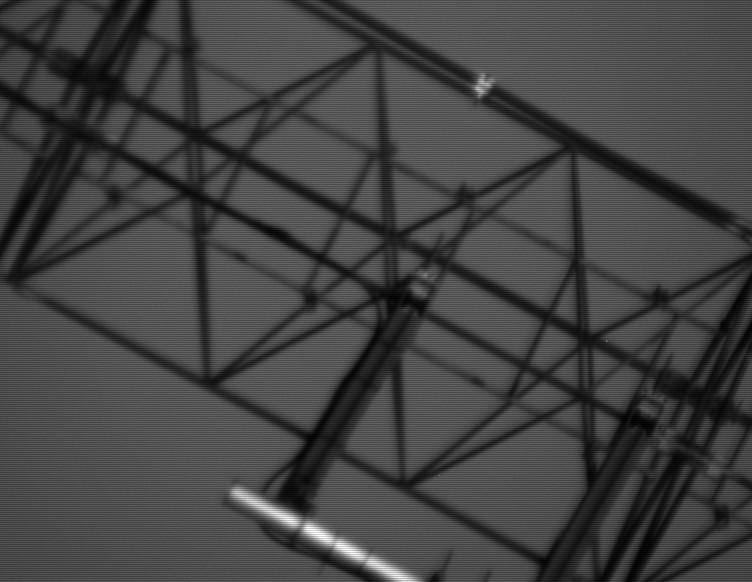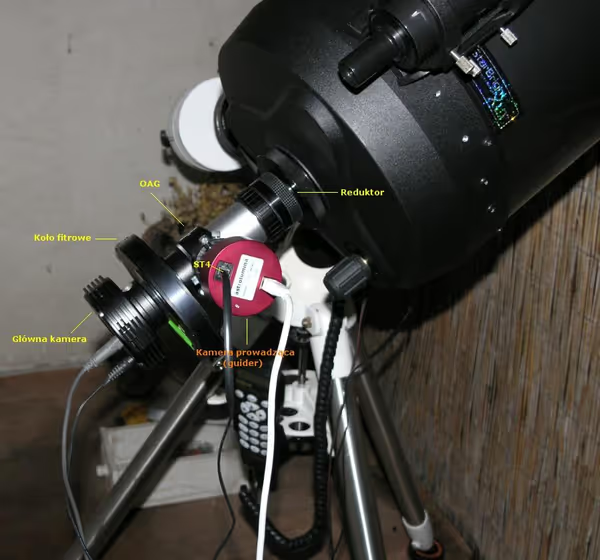Brightstar Mammut Lyuba L429-M - new entry level camera
In the last weeks I was briefly testing MAMMUT LYUBA L429-M camera made in Portugal by Brightstar (sometimes BS Astro). This company may not be well known to general public, but they did make Atik wheels, or make accessories sold by Orion in USA. Now they also showed up in Europe under their own name offering accessories and their first camera - Mammut.
I have M15 images available, and images of other users are starting to show up on the net.
Mammut is first (and probably not last) cameras designed by Brightstar. It has active cooling and ST-4 port for guiding. It's equipped with a mono Sony CCD - ICX429 - 1/2" diagonal, 8.6 x 8.3 micrometer pixels, 752 x 582 frame. It has very high QE (more than 60% including H-alpha wavelength), high pixel full well depth, but it also has interlaced shutter - of lesser "quality" than progressive shutter used in most Sony CCD in astro cameras.


Interlaced shutter reads even lines, then odd lines. Time difference between those two read outs may case that even lines wont match odd lines. If they don't you get horizontal "lines" visible on the image - interlacing. Small interlacing can be removed by "deinterlacing" function available in provided Night Watch Studio software (or other). This type of shutter can't handle imaging of for example moving targets. In astrophotography interlaced sensors can't handle planetary imaging - short exposures of shaky light source tends to give strong interlacing. Mammut is very good at long exposures of DS objects, but it can't do planetary/Lunar imaging as good as any progressive scan CCD.

The cooling needs 12V 1A power, but it's not required for the camera to work. In the set we get capture/processing software - Night Watch Studio and ASCOM drivers so it can be used in other software (like Nebulosity or PHD). The camera did work with Nebulosity nicely. Sometimes Nebulosity showed an error message that it can't change the exposure time (when I was changing it). Nebulosity fixed that (and Brightstar is checking this issue).
Advantages:- Low price
- Semi-sized CCD with very high QE
- Active cooling
- ST-4 for using it as a guider
- ASCOM drivers and default application software (with big manual) that do work
- Active Brightstar support
- Interlacing
- Not so much (big) pixels - scopes with bigger focal length are preferred (like SCTs)
- Interlacing and high read-out noise makes the camera perform best at very long exposures that fill the camera histogram nicely. A lot of much shorter exposures won't give as good results as you would expect. Long exposures require guiding.
- It's good to get a desiccant plug that you can connect to the front of the camera - at some point I got slight foggy condensation on the glass covering the sensor.
- 1/2" sensor size is supported (by the specs) by strong focal reducers like Meade and Optec f/3.3 reducers/correctors for SCTs. In reality they perform "good" at the nominal CCD to reducer distance so you have measure everything correctly (and there isn't much room for OAG or filter wheel).
The price of the camera is one bit advantage. 499 EUR and it's cheaper than QHY 6 Pro - similar camera with the sam CCD and cooling. What's funny is that Brightstar camera costs around the same as uncooled DSI II Pro (also with the same CCD) or slightly more than cooled QHY 6 with smaller sensor. Other entry level DS cameras like Atik Titan cost slightly more. So Mammuth have killed most of the cheapest entry level cameras - QHY 6, 6 Pro and DSI II, partially Titan (progressive and faster) and alike cameras (Lodestar, Costar...).
Except of progressive Titan (1/3" CCD) there is also Atik 314E with 1/2" progressive CCD - it's less sensitive than ICX429, but has a lot of small pixels and very low noise. 314E costs more but it can produce big and very good images with short focal length telescopes (ED, APO etc.). Mammut camera is more usable in scopes with bigger focal length. It can also be usable in spectroscopy, photometry (some people were asking about that).

Comment article